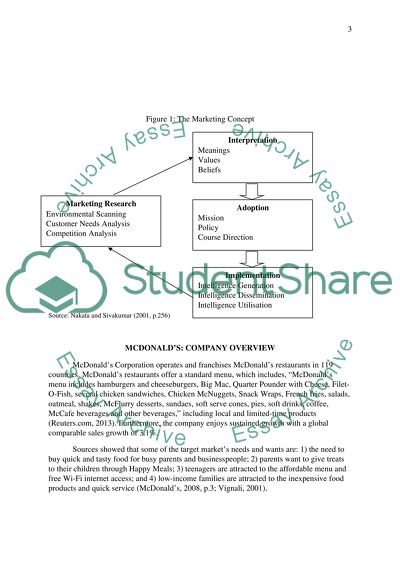Cite this document
(“Importance of the Marketing Concept to McDonalds Assignment”, n.d.)
Importance of the Marketing Concept to McDonalds Assignment. Retrieved from https://studentshare.org/marketing/1482366-importance-of-the-marketing-concept-to-mcdonalds
Importance of the Marketing Concept to McDonalds Assignment. Retrieved from https://studentshare.org/marketing/1482366-importance-of-the-marketing-concept-to-mcdonalds
(Importance of the Marketing Concept to McDonalds Assignment)
Importance of the Marketing Concept to McDonalds Assignment. https://studentshare.org/marketing/1482366-importance-of-the-marketing-concept-to-mcdonalds.
Importance of the Marketing Concept to McDonalds Assignment. https://studentshare.org/marketing/1482366-importance-of-the-marketing-concept-to-mcdonalds.
“Importance of the Marketing Concept to McDonalds Assignment”, n.d. https://studentshare.org/marketing/1482366-importance-of-the-marketing-concept-to-mcdonalds.


